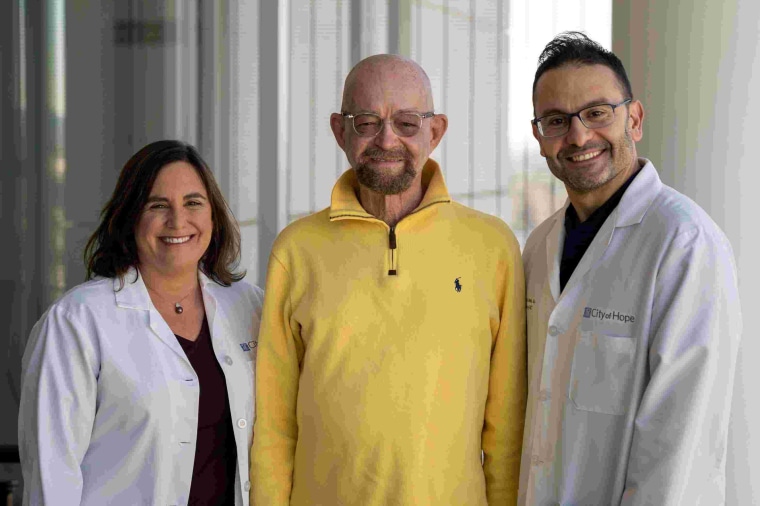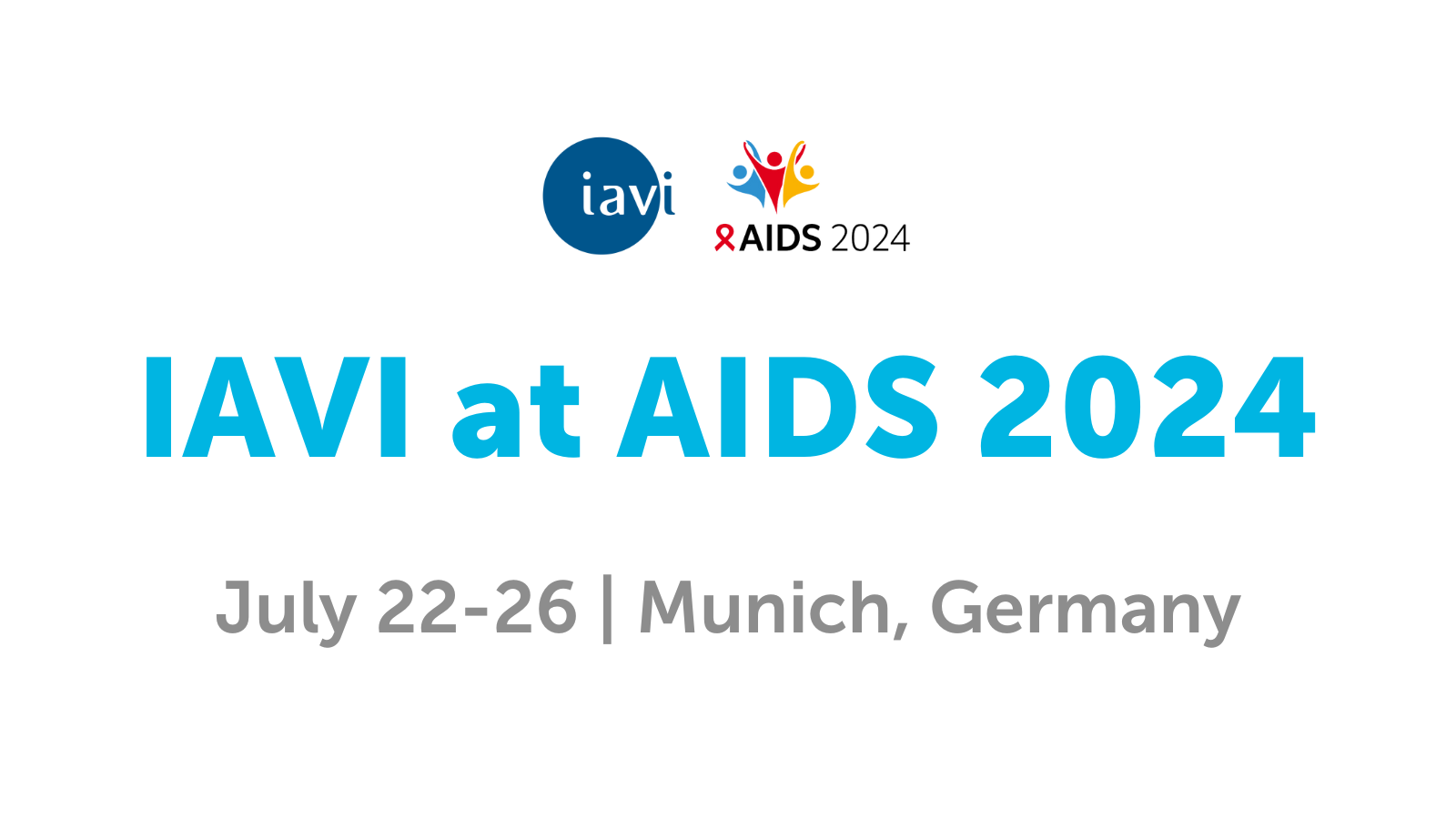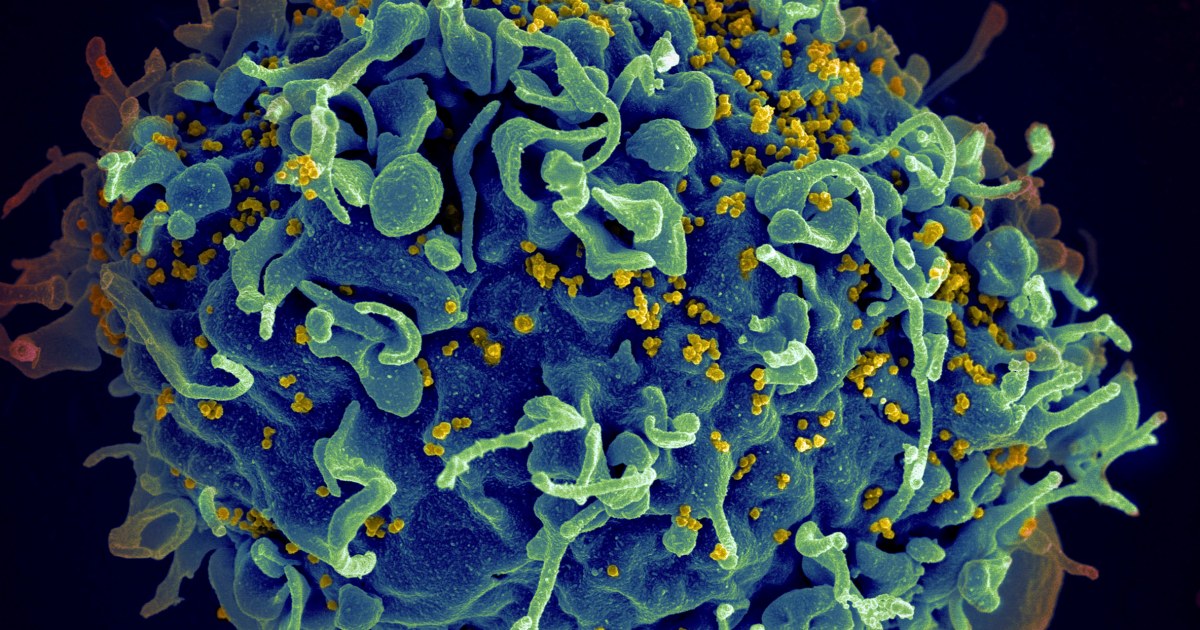
The International AIDS Conference in Munich, Germany, brought together thousands of scientists, policymakers, healthcare professionals, people living with HIV, and others at the intersection of science, advocacy, and human rights. One of the most significant developments at the conference was the announcement that a seventh person may have been cured of HIV after receiving a stem cell transplant for leukemia. The German man in question received the transplant in October 2015 and stopped taking his antiretroviral drugs in September 2018. Since then, multiple ultra-sensitive tests have detected no viable HIV in his body.
This medical milestone, achieved by only six other people since the AIDS epidemic began more than 40 years ago, offers vital lessons for HIV cure research. The man's case is expected to be presented at the conference by Dr. Christian Gaebler, a physician-scientist from Charité-Universitätsmedizin Berlin.
The first two people to be cured of HIV through stem cell transplants were Timothy Ray Brown, known as the 'Berlin patient,' and Adam Castillejo, known as the 'London patient.' Both men had acute myeloid leukemia (AML) and received stem cells from donors with a rare genetic mutation that made their CCR5 gene resistant to HIV. The third person, Marc Franke from Düsseldorf, was cured in 2019. Paul Edmonds, the 'City of Hope patient,' was cured in 2019 as well.
The latest case adds to the growing body of evidence that a cure for HIV is possible through stem cell transplants. However, this treatment is not without risks and challenges. The process is complex and expensive, requiring a donor with the rare CCR5 gene mutation and extensive medical expertise.
Despite these challenges, researchers remain optimistic about the potential for a cure. They are exploring various approaches to make stem cell transplants safer and more accessible, including gene editing techniques like CRISPR-Cas9. These advances could pave the way for a universal cure for HIV and bring hope to millions of people living with the disease.





